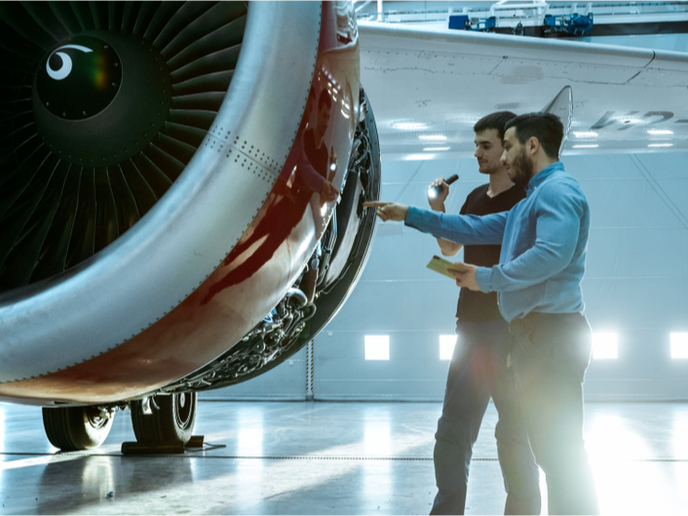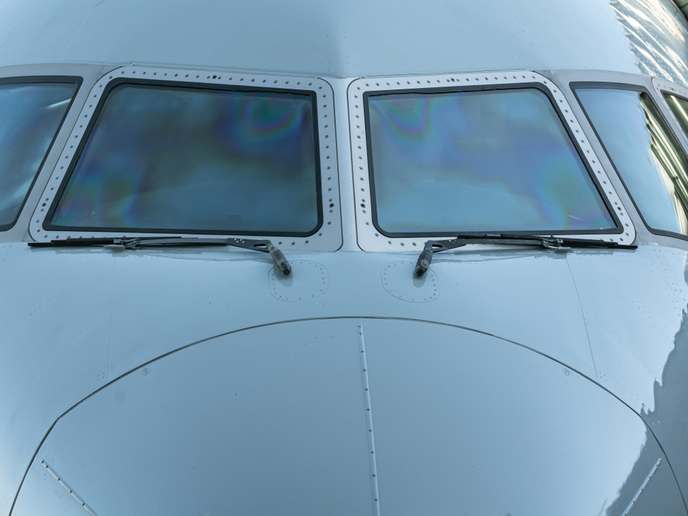Advanced aircraft tail cone
According to the European Strategic Research Agenda (SRA), passenger and cargo air transport will increase by approximately 4-5 % per year, meaning that it will double about every 16 years. The aircraft tail cone plays a critical role in aircraft structure and function due to its location. Aside from being a part of the aircraft fuselage, it is also the interface for the auxiliary power unit (APU). The EU-funded project 'Advance integrated composite tailcone' (ADVITAC)(opens in new window) is developing novel multifunctional composites satisfying structural issues and including a fully automated APU integration process. Taken together, the advanced materials are improving acoustics, fire resistance, electrical capabilities and strength. Following development of a computer-aided design tail cone composite structure with APU integration, the team benchmarked engine noise and acoustics concepts through simulation. The main functions of the integrated tail cone were validated using test coupons of the composite material. On the road to the already verified increase in technology readiness level (TRL) achieved with the full-scale demonstrator, scientists advanced the maturity of a number of related technologies. The manufacturing readiness level (MRL) is a measure to assess the maturity of manufacturing readiness similar to the TRL for technology. The automated robotic fibre placement system for integrating the complex dry reinforcement was enhanced. Optical fibre sensors now enable structural health monitoring, metal fibres or strips impart protection against lightning strike, and soluble fibres increase toughness and damage tolerance. Through thickness reinforcement has been improved with optimisation of the distribution and density of z-fibre reinforcement as well as tufting (stitching) of stiffeners. Further, the team achieved a major MRL increase regarding low-cost tools for resin infusion of composites, a sensitive process previously lacking in reliability required for real industrial applications. The tail cone technology is targeted to be 10 % lighter than classical composite structures for an impressive 50 % decrease in carbon dioxide emissions per passenger kilometre. In addition, it should cost about 30 % less to produce. By project end, scientists fully expect to deliver a scale one demonstrator integrating novel materials, technologies and processes for cost-efficient manufacturing and a competitive European supply chain.







